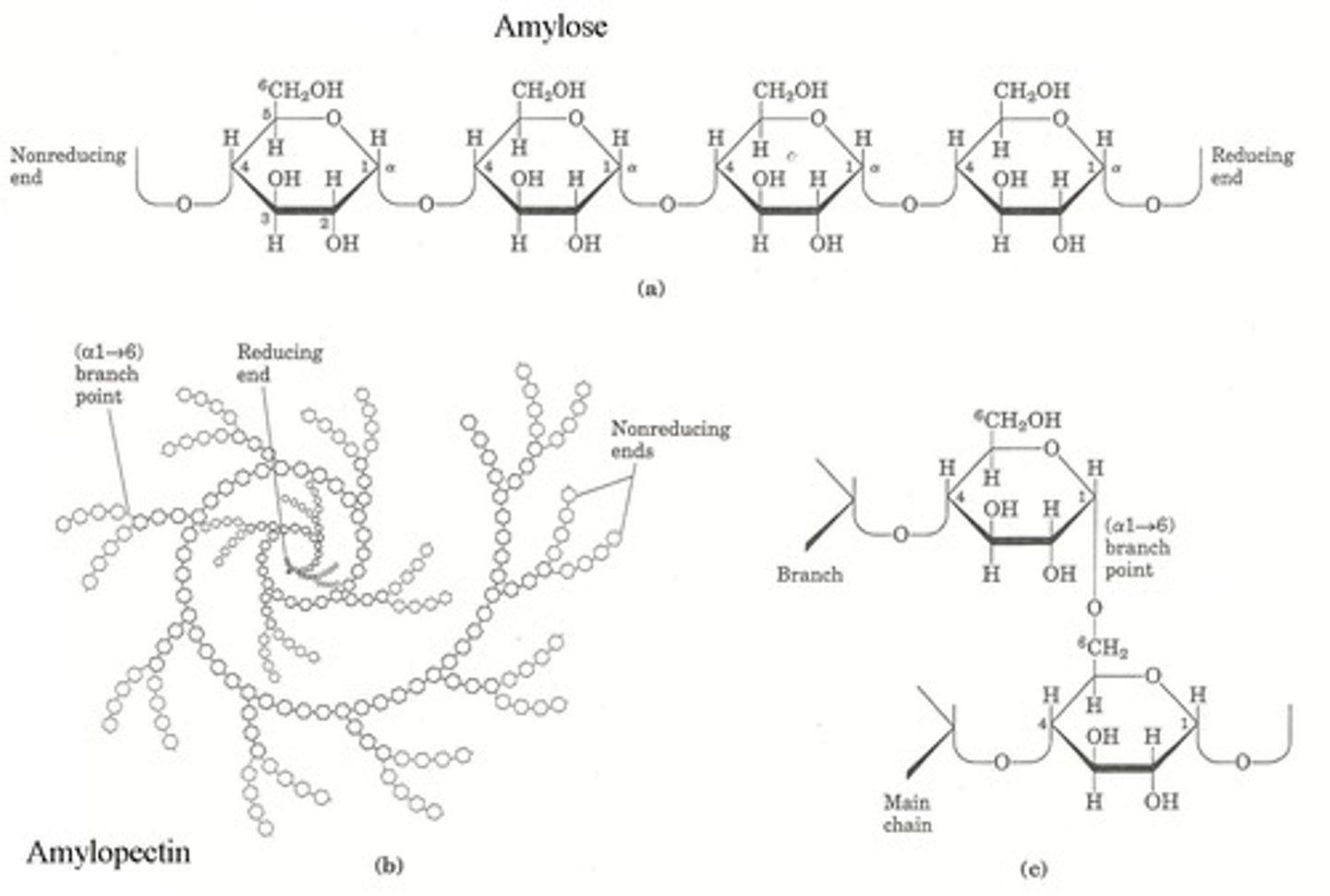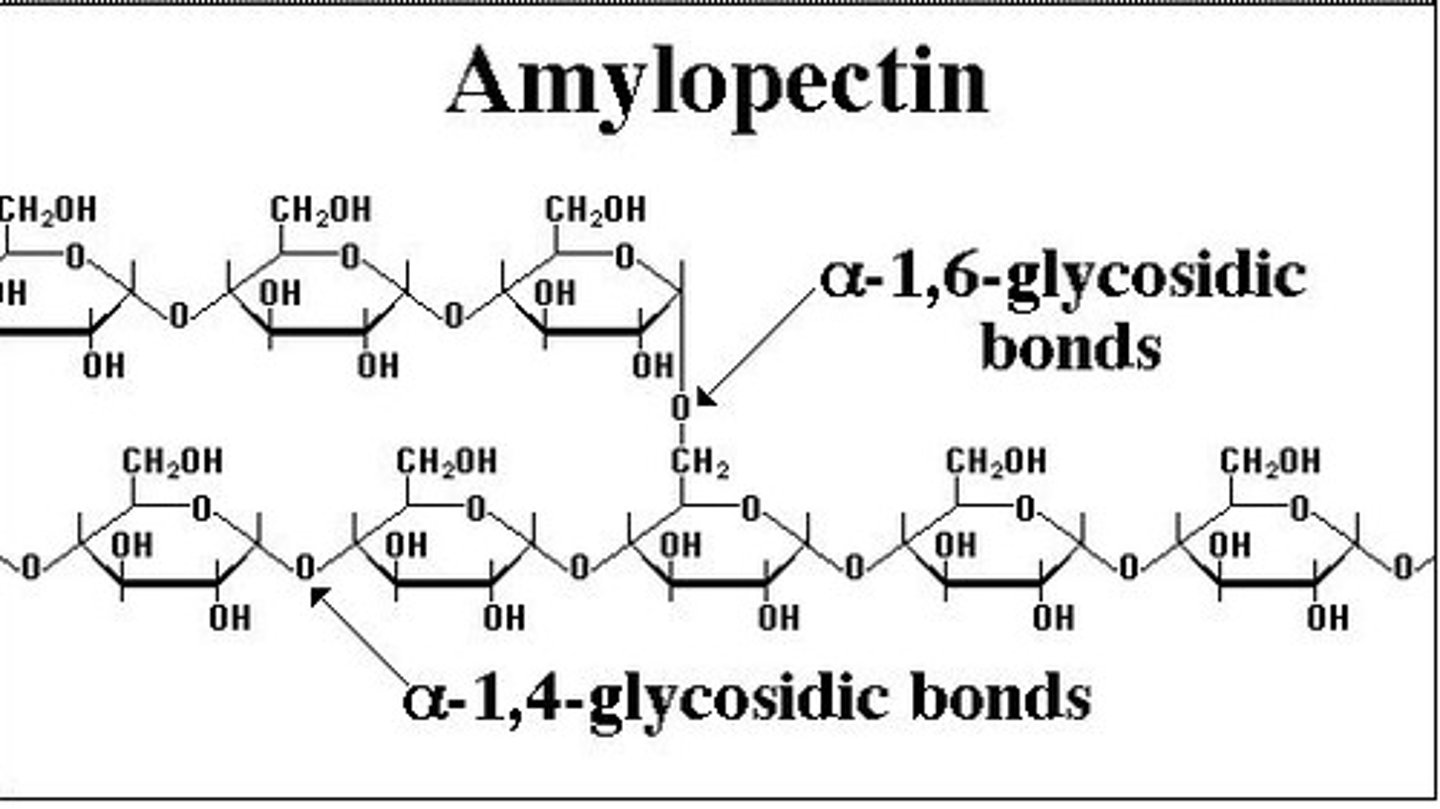Identification of Saliva and Other Body Fluids
1/47
There's no tags or description
Looks like no tags are added yet.
Name | Mastery | Learn | Test | Matching | Spaced |
|---|
No study sessions yet.
48 Terms
Saliva Production
1 - 1.5 L produced daily.

Composition of Saliva
Largely water with electrolytes, proteins, enzymes, antibodies, and epithelial cells
Sublingual Glands
Contribute ~5% to saliva production.
Submandibular salivary Glands
Account for ~70% of saliva production.
Parotid salivary Glands
Contribute ~25% to saliva production.
There are currently no confirmatory methods in use for saliva
true
Saliva Presumptive Tests
Identify saliva using inorganic anions (thiocyanate and nitrate) and enzymes. (alkaline phosphatase or a-amylase)
Alkaline Phosphatase
Enzyme used in saliva identification tests.
Alpha-Amylase
Breaks down starch by hydrolyzing a 1-4 bonds. (works only on straight chains)
AMY 1
Salivary locus of alpha-amylase.
- expressed in saliva, perspiration, and breast milk
AMY 2
Pancreatic locus of alpha-amylase.
- found in semen, urine, fecal material, vaginal secretions
Amy 1 & 2 are highly homologous and antibodies will recognize both
true
Amylose
Linear glucose polymer with a 1-4 linkages.

Amylopectin
Branched glucose polymer with a 1-6 linkages.

Debranching Enzyme
Hydrolyzes 1-6 linkages at branch points.
Amylose chain
forms helixes with 6 glucose residues per turn
Iodine reaction color from shortest to longest chain
< 12 glucose residues/2 helical turns= no color --> brown-->red-->purple--> blue (> 9 helical turns)
Starch Iodine Radial Diffusion Test
Starch with Iodine creates a blue color
• If saliva is present, amylase will break down the starch creating a clear ring in the blue that is measured
Starch Iodine Radial Diffusion Positive Test Results
the ring size is equal or greater in size than the positive control
inconclusive Starch Iodine Radial Diffusion result
the ring size is less than the positive control but greater than the negative control
negative Starch Iodine Radial Diffusion result
absence of any clear ring
Phadebas Test
Blue dye covalently attached to the starch if amylase present, it will release a blue dye into the solution
SALIgAE Kit
Commercial test for saliva presence.
Simple, sensitive (~1:1000)
• Reported to be more accurate than other tests
• Changes color with addition of an extract containing saliva
• Exact mechanism - proprietary
SALIgAE® positive Test results
A yellow color change indicates a positive result
SALIgAE® negative test result
No color change, indicating no saliva present or is below the limit of detection of the test
RSID Saliva
Immunochromatographic test for salivary amylase.
RSID saliva sample well
If target amy-1 antigens are present, they bind to mobile monoclonal anti-human salivary a-amylase antibodies that are conjugated to colloidal gold.
Test zone
The antibody-antigen complexes bind to immobilized monoclonal antibodies, leading to a visible color change if the target is present.
Control zone
Confirms the test's functionality by capturing some colloidal gold-labeled antibodies, showing a second line.
Is RSID saliva test confirmatory or presumptive?
presumptive because it cross reacts with perspiration and breast milk
what is the sensitivity of RSID saliva test?
1 microliter
Urine tests are useful in sexual assaults involving
urination; In Homicides involving ligature or manual strangulation, victims often involuntarily excrete urine prior to death
Urine Formation
Occurs in kidneys; eliminates metabolic wastes.
Urinary System
Eliminates soluble toxic wastes that are cellular metabolic by-products and consists of kidneys, ureter, bladder, and urethra
Waste (ions, ammonia, urea, etc) are secreted through the _________ to the ___________ before its excreted through the ___________
ureter, bladder, urethra
which organ is filtered to reabsorb water, glucose, nutrients
kidneys
What is urea?
Most abundant waste product in urine.
Where does urea come from?
Elimination of ammonia produced from metabolic process of amino acids.
Inorganic Ions in Urine
Includes Cl-, PO4^3-, SO4^2-.
Urine Identification
Odor and inorganic ion tests used.
DMAC presumptive test
detects amines (particularly urea) when reacted with Acetone/HCl, it will turn dark pink/red indicating
possible presence of urine
Creatinine
creatinine picric acid w/base turns bright red
Tamm-Horsfall Protein
Most abundant protein in urine.
-synthesized in epithelial cells of kidney
- Biological function not fully understood
Immunochromatographic Test
Used for confirming presence of body fluids.
Vaginal Secretions
No current tests available in US labs.
Menstrual Blood Testing
New methods under development for identification.
Fecal Material Testing
Involves macroscopic (color, odor) and microscopic (undigested foodstuff) examination, testing detects urobilinoids
Immunochromatographic Menstrual blood test
presumptive bc it identifies peripheral blood and menstrual blood